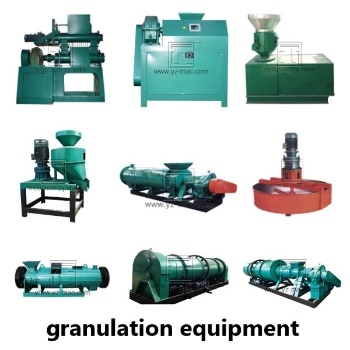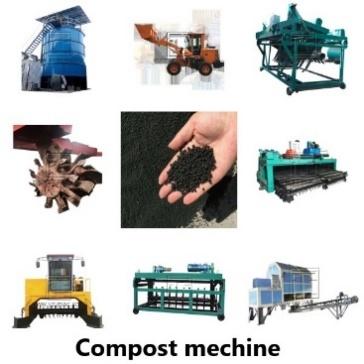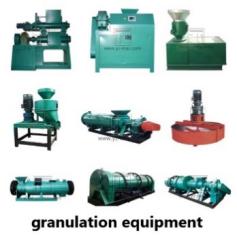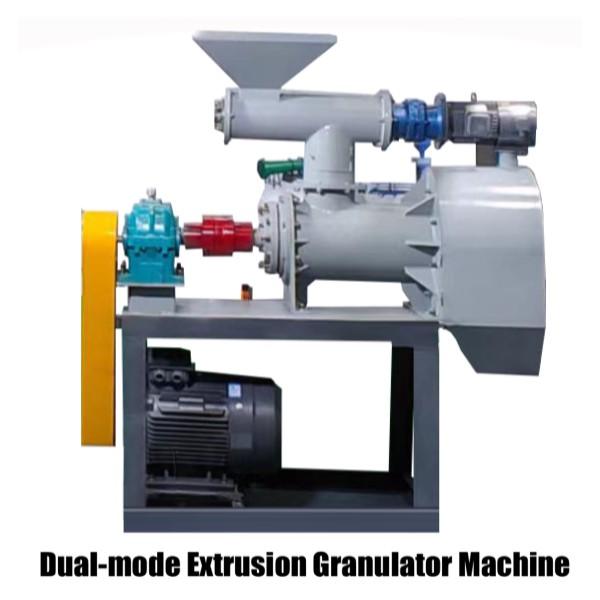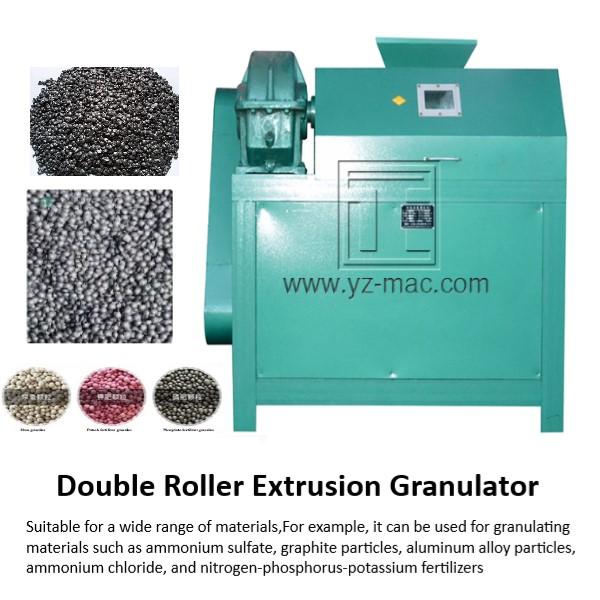Fertilizer granulator
A fertilizer granulator is a specialized machine designed to transform raw fertilizer materials into granules, facilitating easier storage, transportation, and application. With the ability to process various organic and inorganic materials, a fertilizer granulator plays a crucial role in the production of high-quality fertilizers.
Benefits of a Fertilizer Granulator:
Enhanced Nutrient Release: A fertilizer granulator helps optimize nutrient release in fertilizers. By granulating raw materials into specific sizes and shapes, it ensures controlled nutrient release, improving nutrient absorption by plants and minimizing nutrient loss through leaching or runoff.
Improved Handling and Storage: Granulated fertilizers are easier to handle, transport, and store compared to powdered or raw materials. The granules have a higher density, reduced dustiness, and better flowability, making them more convenient to handle in bulk quantities.
Controlled Nutrient Composition: Fertilizer granulators allow for precise blending of raw materials, enabling the production of customized granules with specific nutrient compositions. This flexibility ensures that the granulated fertilizers meet the specific nutrient requirements of different crops, soils, and growth stages.
Reduced Environmental Impact: Granulated fertilizers produced by fertilizer granulators are designed to release nutrients gradually, minimizing the risk of nutrient runoff and pollution. The controlled release mechanisms help maximize nutrient uptake by plants and minimize the negative environmental impact associated with excess fertilizer application.
Types of Fertilizer Granulators:
Rotary Drum Granulator: This type of granulator utilizes a large rotating drum to agglomerate and granulate the fertilizer materials. The drum’s internal fins and lifting flights facilitate the tumbling and rolling action, forming the granules. Rotary drum granulators are versatile and widely used in both organic and inorganic fertilizer production.
Disc Granulator: Disc granulators feature a rotating disc and an adjustable inclination angle. The raw materials are fed onto the disc, where they undergo continuous tumbling and rolling motion. The high-speed rotation of the disc promotes granule formation, and the adjustable angle allows control over the size and shape of the granules.
Pan Granulator: Pan granulators consist of a shallow pan or tray with a central agitating mechanism. The raw materials are fed into the pan, and the agitator distributes the materials, causing them to adhere and form granules. Pan granulators are suitable for producing uniform, spherical granules with consistent sizes.
Applications of Fertilizer Granulators:
Agricultural Fertilizers: Fertilizer granulators are extensively used in the production of agricultural fertilizers. They help convert raw materials, such as nitrogen, phosphorus, and potassium sources, into granules suitable for crop nutrition. The granulated fertilizers provide a controlled release of nutrients, supporting optimal plant growth and maximizing crop yield.
Organic Fertilizers: Fertilizer granulators play a vital role in the production of organic fertilizers. They can process organic materials, such as animal manure, compost, and crop residues, into granules rich in organic matter and essential nutrients. These granulated organic fertilizers contribute to soil fertility, improve soil structure, and promote sustainable agriculture practices.
Blended Fertilizers: Fertilizer granulators enable the production of blended or compound fertilizers. By combining different raw materials with varying nutrient compositions, granulated blended fertilizers provide a balanced nutrient supply tailored to specific crop requirements. This flexibility allows farmers to address specific nutrient deficiencies and optimize nutrient management.
Specialized Fertilizers: Fertilizer granulators can also be utilized in the production of specialized fertilizers, such as slow-release fertilizers, controlled-release fertilizers, and micronutrient-enriched fertilizers. These specialized granulated fertilizers offer targeted nutrient delivery, extended nutrient availability, and enhanced nutrient efficiency.
A fertilizer granulator is a valuable tool in the production of high-quality fertilizers. By transforming raw materials into granules, fertilizer granulators provide benefits such as enhanced nutrient release, improved handling and storage, controlled nutrient composition, and reduced environmental impact. With different types available, including rotary drum granulators, disc granulators, and pan granulators, fertilizer granulators cater to various fertilizer production needs.


